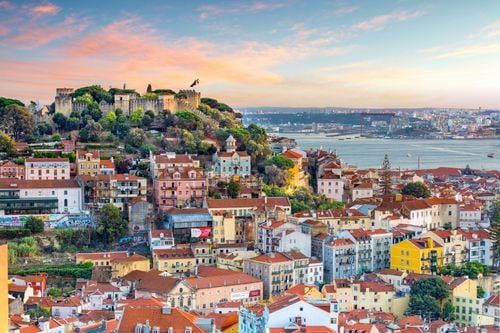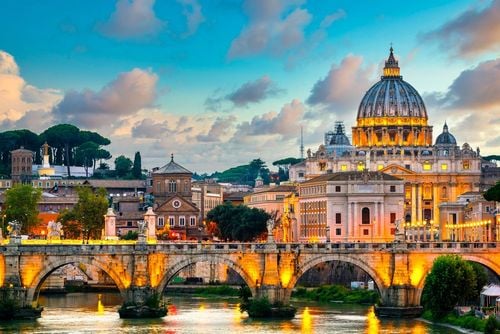From art to la dolce vita

The picturesque village of Castelmezzano, part of the "Most beautiful villages in Italy" club, province of Potenza
- © Francesco Bonino / Shutterstock
From art to la dolce vita
Europe's famous boot is a treasure trove of stunning scenery, cultural riches and gastronomic delights. Italy is a star-studded destination where each town and village fiercely retains its own distinct character and charm. Italians are particularly proud of their history, their art, their trade and their food.
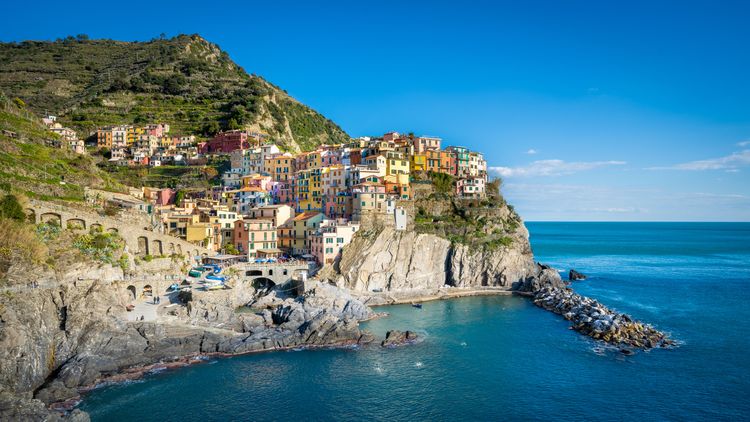
Manarola à Ligurie
- © Davide Marconcini / ShutterstockThey say all roads lead to Rome, and that's a good thing, because the Eternal City, named for its importance to human history, is one of Europe's must-visit destinations. The centre of the Roman Empire and a land of art, fashion and romance, Italy is an enchanting blend of past and present.

Canal view with boat and motorboat in Manarola
- © Yasonya / ShutterstockThe ancient capital of the Western world, Rome has been the centre of Christianity since St Peter first established the Christian Church. More than 2,000 years of history are crammed into its labyrinth of alleys, streets and squares, from ancient catacombs to 17th-century palaces, 15th-century churches and 20th-century monuments.
Despite the importance of Rome, each of Italy's main cities is important for its history, its cultural wealth, its abundant natural beauty and its social and economic life.
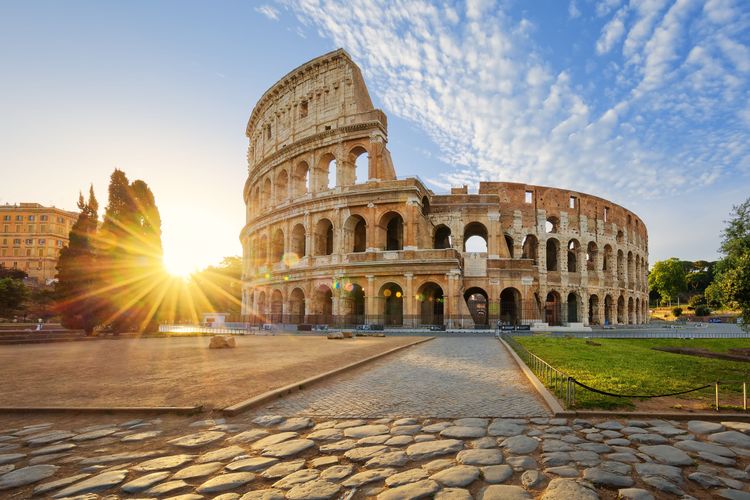
View of the Colosseum in Rome
- © prochasson frederic / ShutterstockSprawling Milan is Italy's financial, fashion and design capital, and a centre of art and culture. Turin, at the foot of the Alps, is exceptional for its car manufacturing and Baroque architecture. Genoa, the birthplace of Christopher Columbus, has been Italy's main seaport since Roman times. Venice floats like a romantic dream on its canals and lagoons. Trieste is a lively and attractive seaport. Trento is a historic old town that has seen many battles. Bologna, the centre of wealth, learning and art, is famous for its university and its delicious cuisine.

The Duomo of Florence.
- © Catarina Belova / ShutterstockFlorence, "the cradle of the Renaissance", is a world-renowned centre of art. Perugia, crowned by the hills of the Tiber plain, is home to the University of Foreigners, founded in the 13th century. L'Aquila is a mountainous centre in the Apennines. Naples, on its famous blue bay, is the great city of the south, with its melt-in-the-mouth pizzas.
Bari, home to the bones of St Nicholas, is a modern city surrounding a tiny medieval town. Palermo, the capital of Sicily, combines Norman and Arab history and culture. Cagliari, Sardinia's main town, bears the stamp of a long and varied history under the Romans, Carthaginians, Spanish and French. In short, la dolce vita is a way of life in Italy.
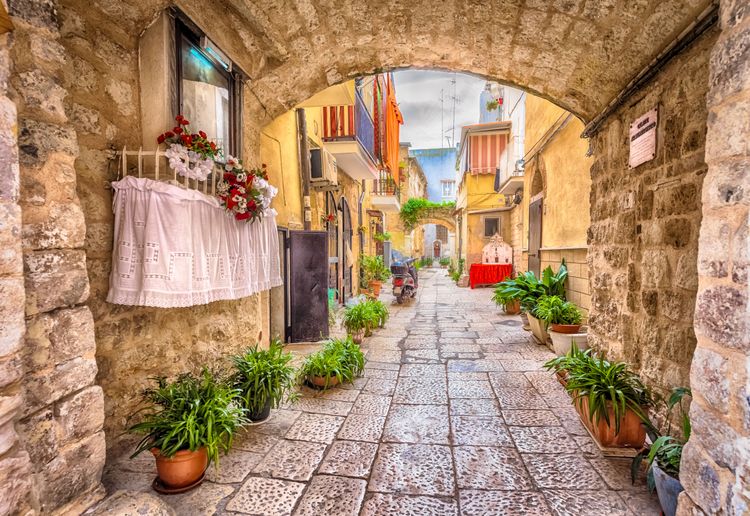
Alleyway in the white old town of Bari
- © Kanturu / ShutterstockWhat can you expect?
Italy's great artistic heritage, unrivalled anywhere in the world, is not only to be found in its major cities. The country is home to over 3,600 museums, art galleries and archaeological sites. Italy's urban landscape is a museum in its own right.
Italy also abounds in magnificent architectural achievements, found in every corner of the country, from Rome's famous Colosseum and St Mark's Basilica in Venice to the Leaning Tower of Pisa.
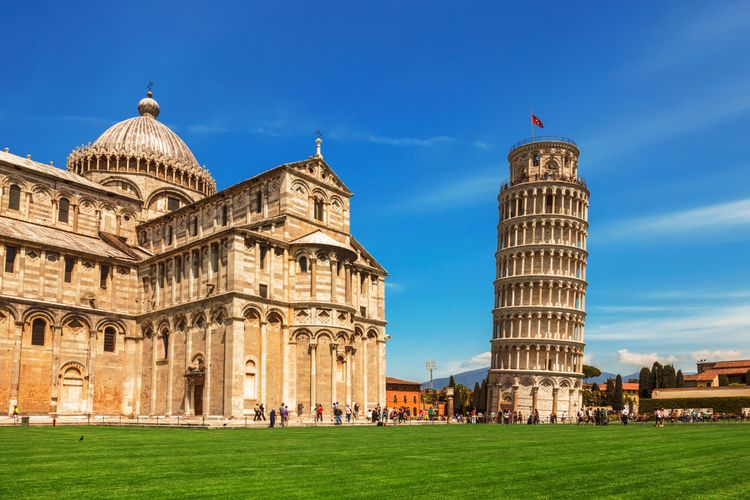
Tour penchée de Pise en Toscane et la cathédrale de la conquête de la vierge Marie
- © volkova natalia / ShutterstockFrom spectacular peaks to crystal-clear lagoons, sparkling lakes meet enchanting villages. From north to south, beautiful mountains offer spectacular views and holidays full of adventure, pleasure or relaxation...
The Italian coastline measures 7,600 kilometres and the rocky, wooded cliffs offer an infinite variety of beaches and bays. To the west lies the Ponente, which includes famous seaside resorts such as San Remo, Alassio and Varazze.
Dotted with natural beauty, the villages are a symbol of Italian culture, with an artistic and architectural heritage, filled with tradition and gastronomic treasures. Commonly known as "borgo" or hamlet, villages are generally built around a castle or palace and are surrounded by walls.
There are around a hundred hamlets throughout Italy. They are welcoming places that offer a unique and authentic Italian experience. It's not unusual to come across festivals, exhibitions, celebrations, conferences and concerts that highlight the cultural, historical and artistic heritage.

Une bonne pizza sur une terrasse avec vue sur Naples.
- © elvirkins / ShutterstockItalian cuisine is one of the most renowned in the world. Characterised by its simplicity, Italian cuisine celebrates local history and culture. Pizza and pasta are the country's most famous culinary exports. And if you're still hungry, the dessert will never disappoint: creamy ice cream and fresh cannoli.

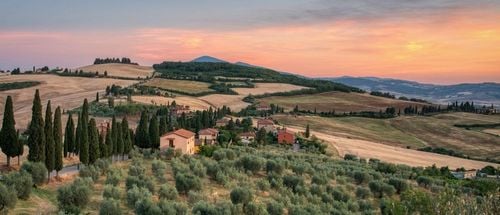
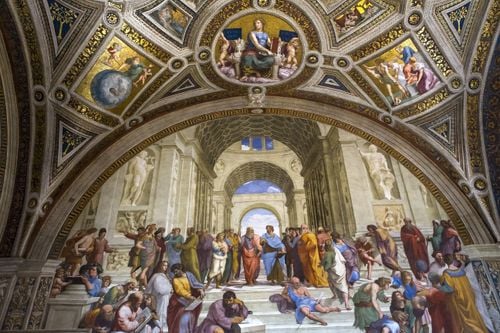

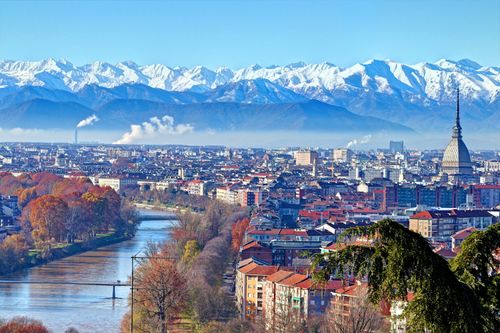
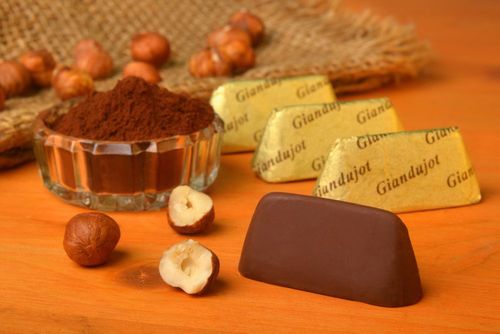
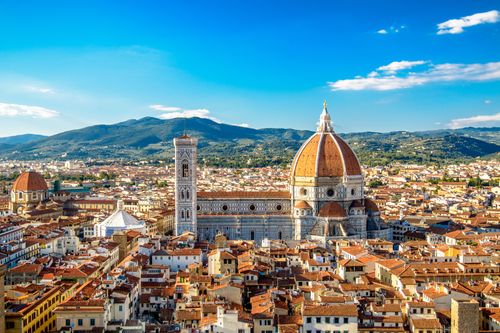

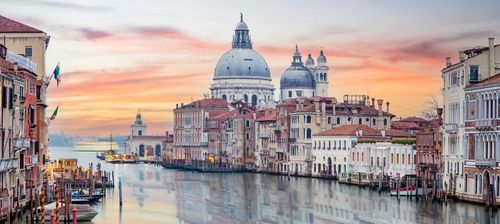
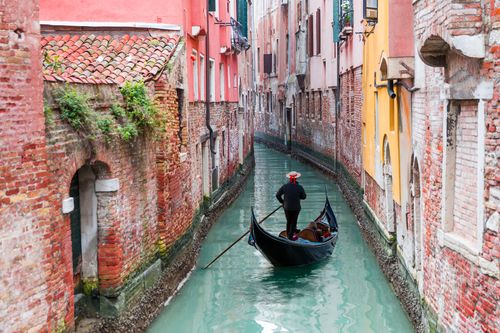
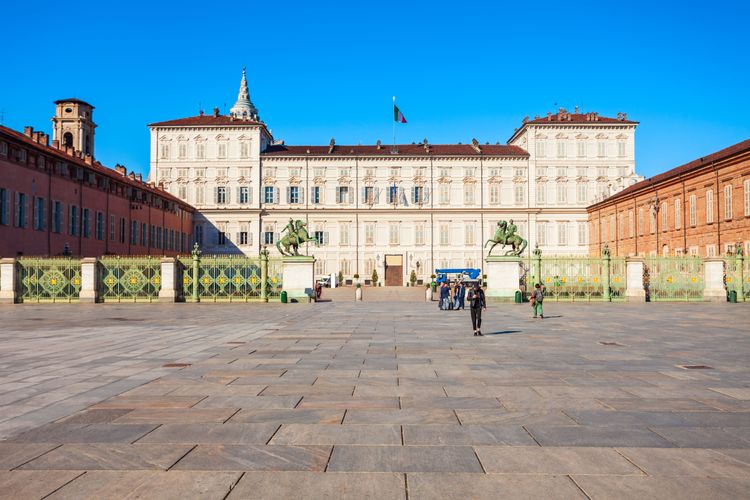 1
1
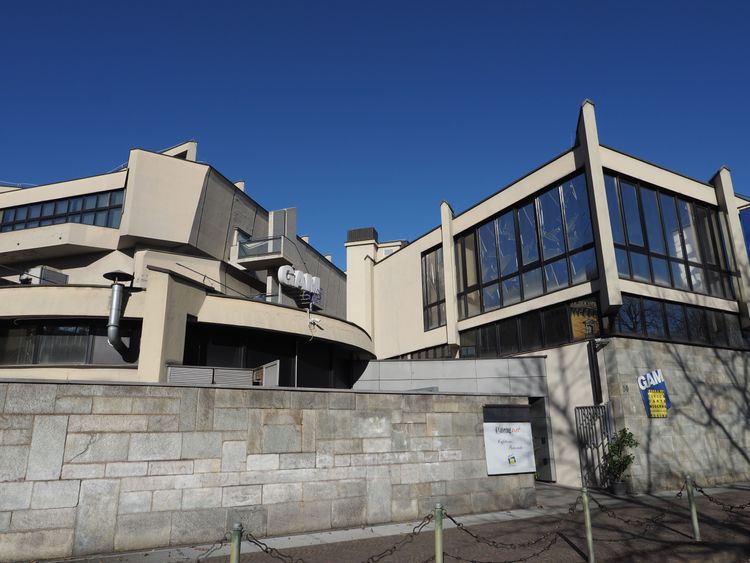 2
2
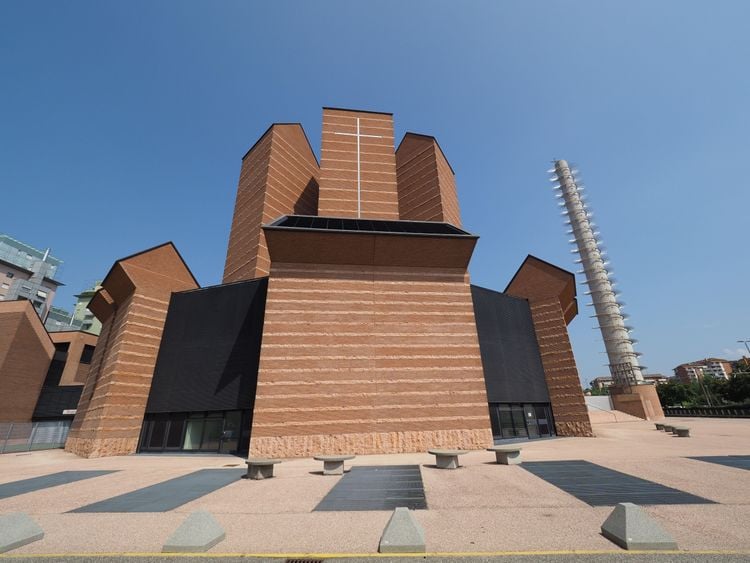 3
3
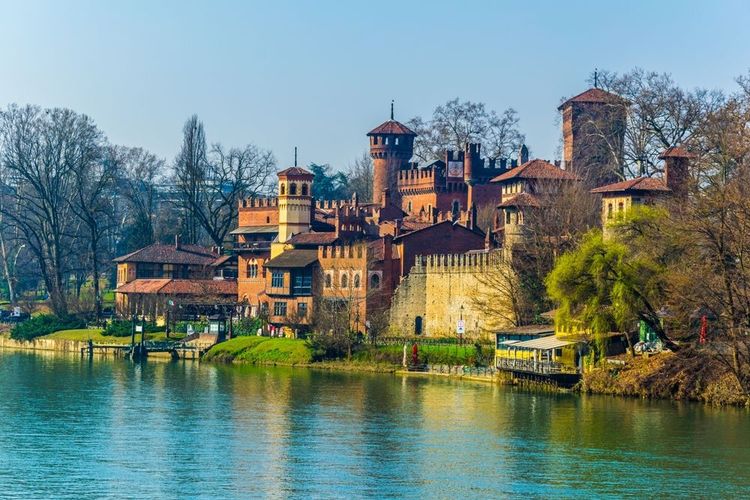 4
4
 5
5
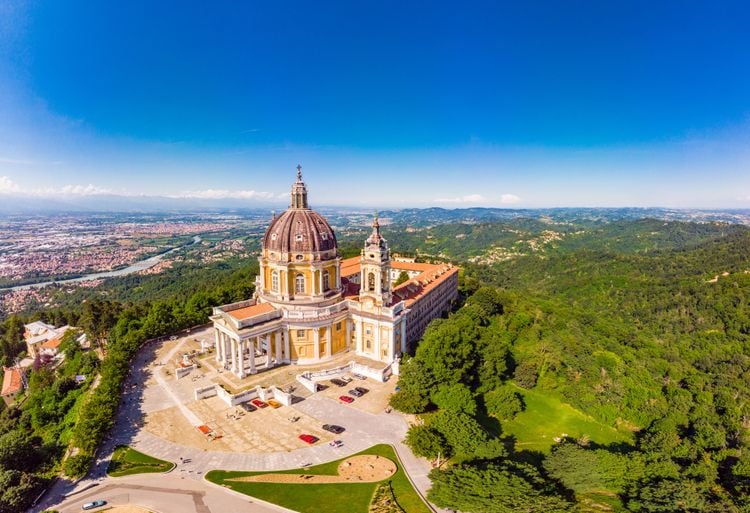 6
6
 7
7
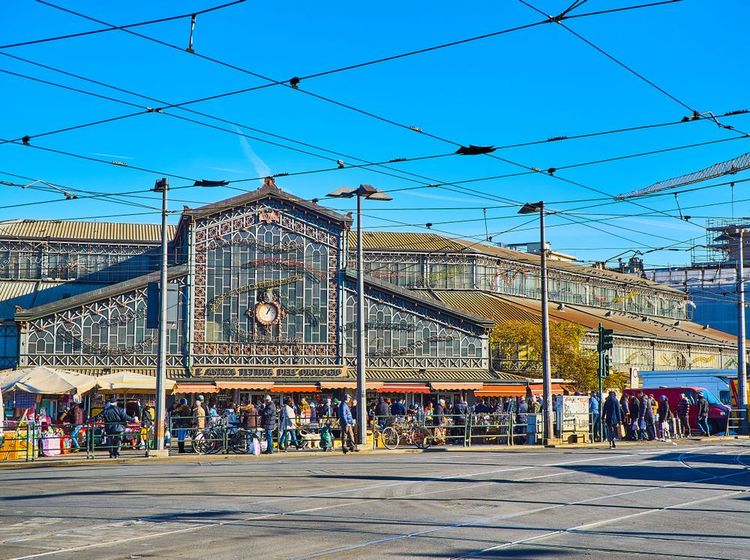 8
8
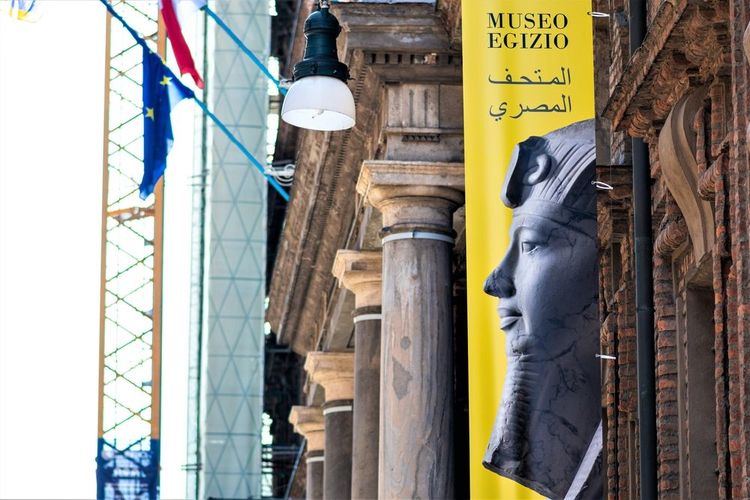 9
9
 10
10
If you're a southerner, you can easily drive to the north of Italy (around 5 hours' drive between Lyon-Milan and Marseille-Milan). For the rest, it's best to opt for the train or plane. Italy has 96 airports and 38 aerodromes.
Italy has romanticism and elegance in its genes. So it's not surprising to find hotels that look like villas and castles. The choice of places to stay on a trip to Italy is many and varied: cheap hostels or comfortable family flats, budget hotels, castles and even over-the-top luxury hotels or palaces.
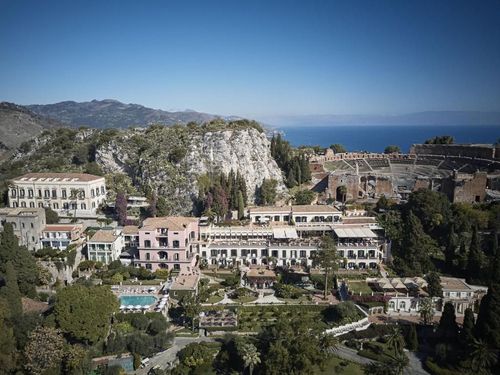
Italy, a member of the European Union, is part of the Schengen Area, so there are no border controls for EU nationals. However, you should still remember to keep a valid identity document with you during your trip.
Italy is part of the euro zone. As a result, there are no additional bank charges for credit card payments. Some grocery shops or shops in remote towns prefer cash. Cash withdrawals are subject to the same charges as in France.
Driving: on the right.
Speed limit: 50 km/h in towns; 90 km/h on roads; 130 km/h on motorways.
Blood alcohol level: 0.5 grams per litre of blood (France: 0.5 grams).
Cars and the Italians have a great - and sometimes turbulent - love affair. Although the highway code follows European standards, Italians are fond of sporty driving, inspired by Ferrari or Maserati. Italian drivers use the horn a lot. Some towns have stop lights, while others do not. Traffic in the big cities is very heavy, so it's best to avoid it and use public transport instead.
Italy can be visited all year round. However, the best time to go is from April to June, to avoid mass tourism during the high season and the skyrocketing prices, particularly in Rome, Florence and on the Amalfi coast.
For Italy, you'll need a variety of clothing for all weather conditions. Make sure you bring plenty of thin clothes that you can layer if you're cold, but which would also be appropriate to wear on their own on the hottest days.
In the summer months, a good hat, light breathable clothing and a travel scarf are a must. As water is drinkable in Italy, we recommend that you take a reusable water bottle with you for added convenience.
Italy, like most of Europe, is a generally safe country. In the cities, there is a higher risk of petty theft, but as everywhere in tourist areas. You need to remain vigilant. Italy is a volcanic country with a warm Mediterranean climate and is therefore exposed to earthquakes, volcanic eruptions and fires from time to time.
In an emergency: 113 (police)
In many parts of Italy, mosquitoes are everywhere. If you're not used to them, you could end up with large red spots all over your body in summer, so bring some repellent.
explore Try out our comparators
It is Easy to travel

